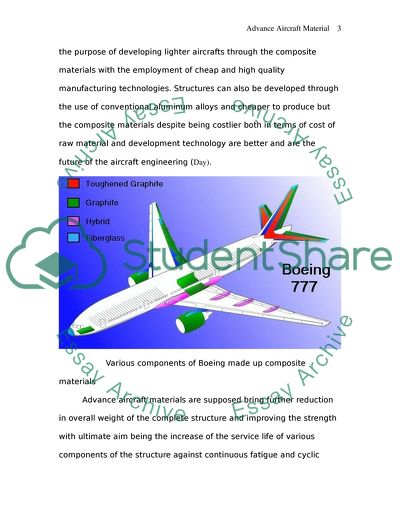Cite this document
(Advance Aircraft Material Literature review Example | Topics and Well Written Essays - 1750 words - 1, n.d.)
Advance Aircraft Material Literature review Example | Topics and Well Written Essays - 1750 words - 1. Retrieved from https://studentshare.org/engineering-and-construction/1706341-literature-survey-on-advanced-aircraft-materials
Advance Aircraft Material Literature review Example | Topics and Well Written Essays - 1750 words - 1. Retrieved from https://studentshare.org/engineering-and-construction/1706341-literature-survey-on-advanced-aircraft-materials
(Advance Aircraft Material Literature Review Example | Topics and Well Written Essays - 1750 Words - 1)
Advance Aircraft Material Literature Review Example | Topics and Well Written Essays - 1750 Words - 1. https://studentshare.org/engineering-and-construction/1706341-literature-survey-on-advanced-aircraft-materials.
Advance Aircraft Material Literature Review Example | Topics and Well Written Essays - 1750 Words - 1. https://studentshare.org/engineering-and-construction/1706341-literature-survey-on-advanced-aircraft-materials.
“Advance Aircraft Material Literature Review Example | Topics and Well Written Essays - 1750 Words - 1”. https://studentshare.org/engineering-and-construction/1706341-literature-survey-on-advanced-aircraft-materials.


